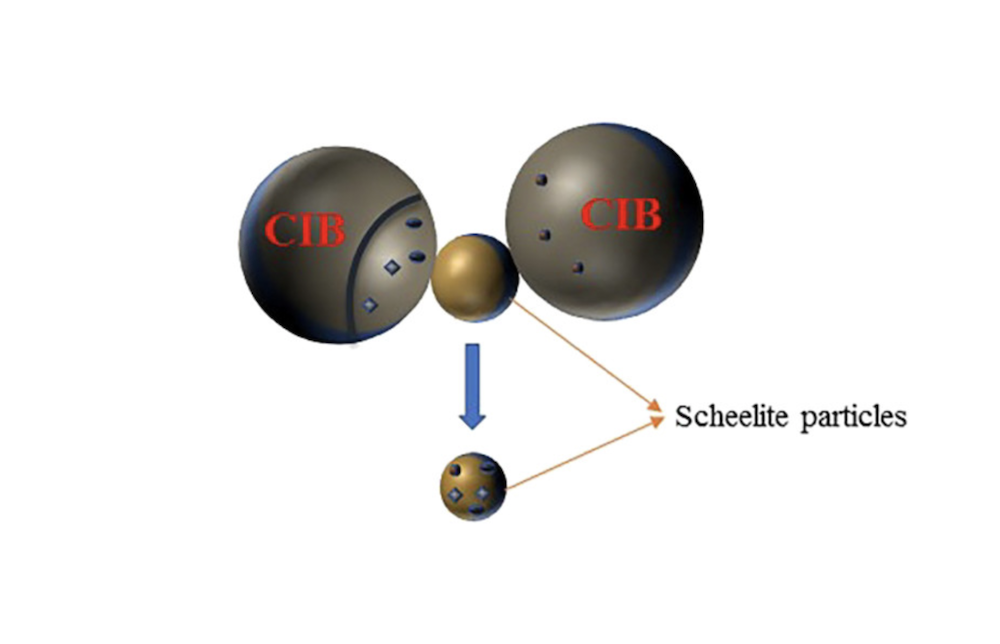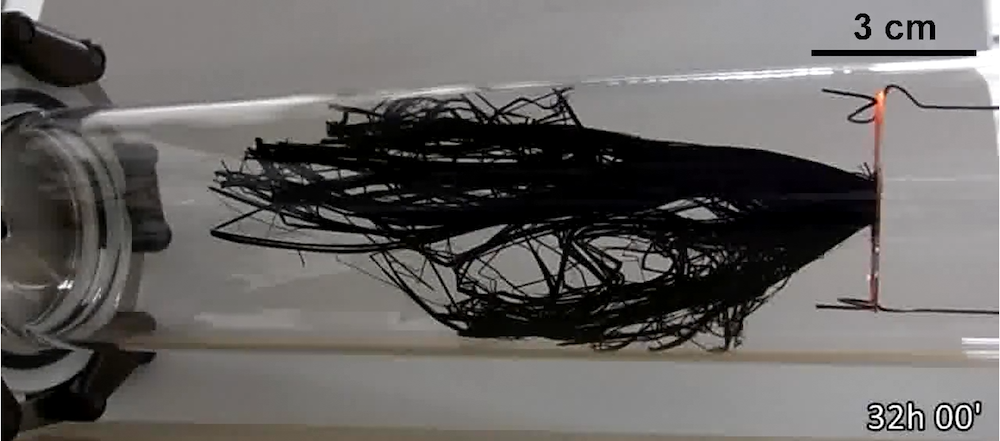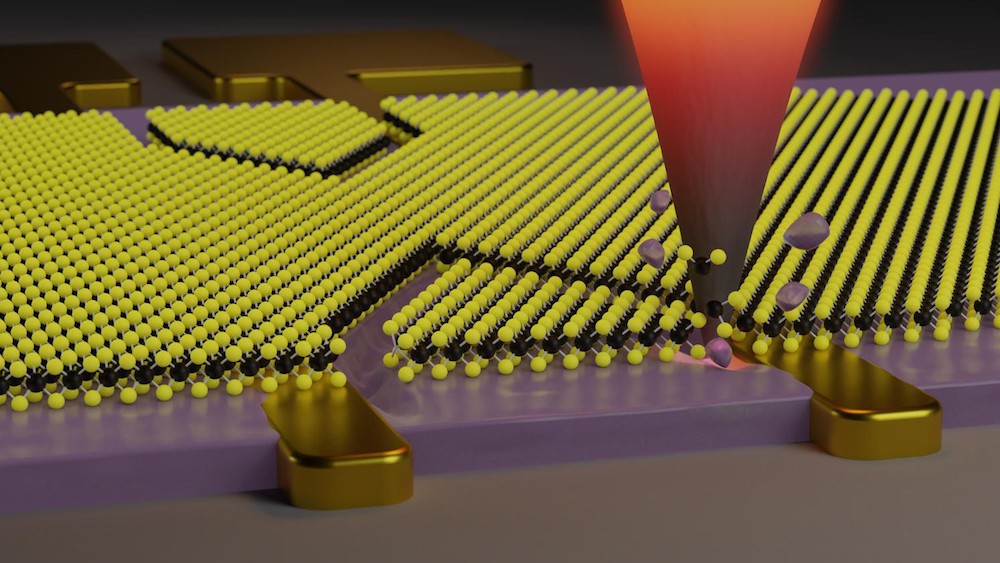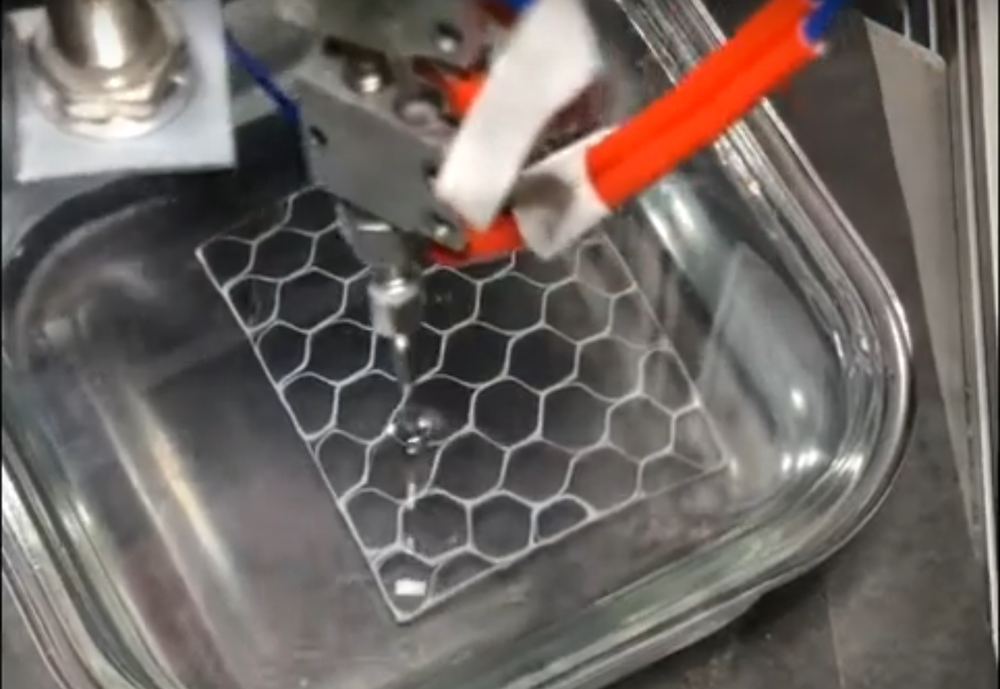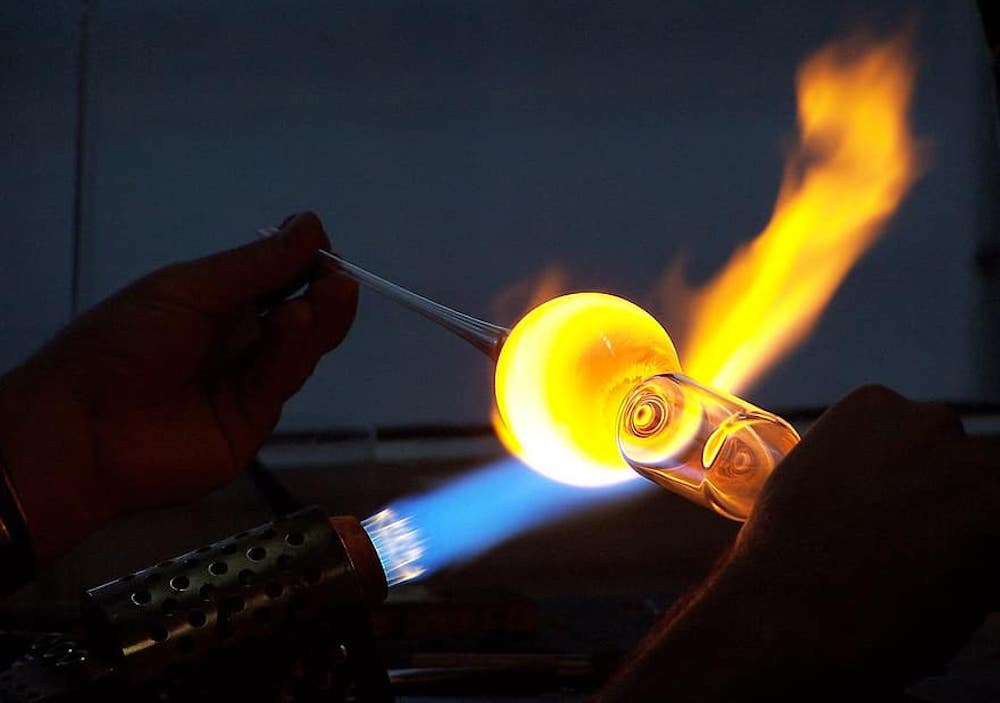Scheelite is one of the main minerals mined commercially as a source of tungsten. Researchers at Wuhan University of Science and Technology in China investigated the effects of different grinding media on flotation, which is a method for extracting tungsten from scheelite.
Read MoreGraphene nanoribbons are a family of carbon allotropes that exhibit semiconducting properties promising for electronic applications. However, the conventional bottom-up synthesis method for graphene nanoribbons is a costly and low-yield process. Researchers led by the Moscow Institute of Physics and Technology developed an alternative method that is higher yield and lower cost.
Read MoreCarbon nanotubes demonstrate much higher tensile strength than carbon fibers, but growing nanotubes in bulk while retaining this property is an obstacle that limits their commercial applications. Researchers in Japan developed a new fabrication method that could overcome the challenge of growing nanotubes in bulk.
Read MoreTransparent ceramics serve as the gain medium in many commercial lasers, yet the push to develop new and improved ceramics for this application continues. In two papers published this year, an international team of researchers investigates the influence of different processing parameters on the properties of nanocomposite yttrium magnesium oxide ceramics.
Read MoreCommon lithographic techniques used to etch patterns onto a surface run into difficulties when cutting 2D materials. Researchers at École Polytechnique Fédérale de Lausanne developed a thermal scanning probe lithography method that can cut the smallest reported feature for a direct cutting method to date.
Read MoreThermal energy storage technologies are one way to store energy generated from renewable sources. But producing materials that can contain the high-temperature and corrosive materials integral to this technology is an ongoing area of research. Two recent ACerS journal articles explore methods of fabricating C/C-SiC CMCs for use as container materials.
Read MorePolymer-derived ceramic structures are difficult to manufacture using additive manufacturing processes because of low viscosity of the polymer state. Researchers at the University of Texas at Dallas successfully demonstrated the use of gel-like viscoplastic fluid to support preceramic polymers during the printing process.
Read MoreFarmers are in the midst of an economic crisis. Production of methane fuel from biogas, a natural byproduct of organic wastes, may be a way to turn a profit, but the current processing methods are too expensive for small farmers. Researchers at Lawrence Livermore National Laboratory developed a composite sorbent that may make the production process economically feasible.
Read MoreDetermining viscosity of a glass through experiment is a slow and expensive process. In two recent papers published in JACerS, Penn State professor John Mauro and his colleagues show how it can be predicted much easier by using dilatometry and DSC to calculate parameters for a glass viscosity model that was proposed in 2009.
Read More
